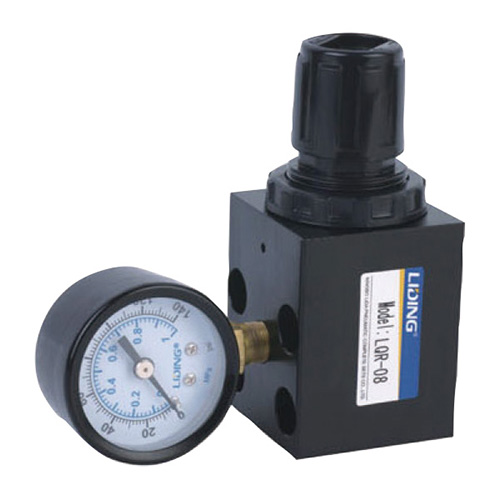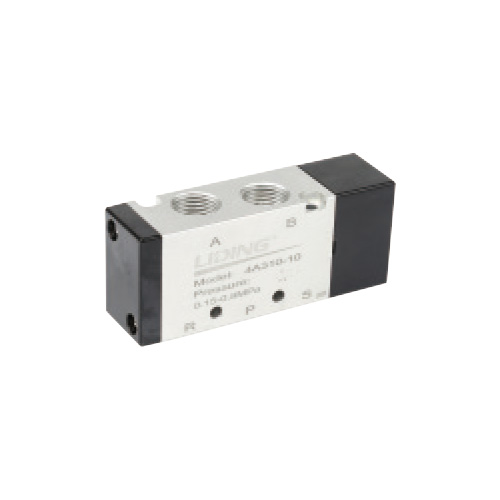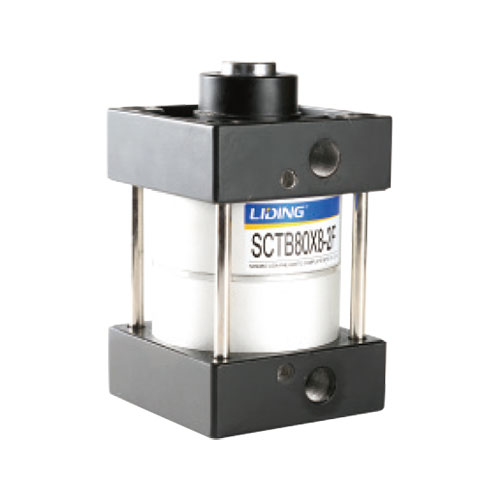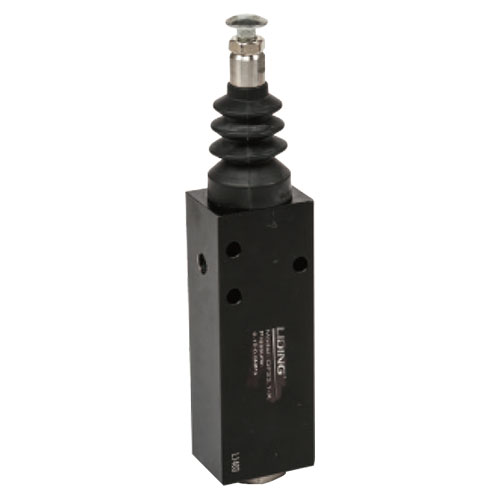The difference between Pneumatic solenoid valve and electric valve
The difference between Pneumatic solenoid valve and ele […]
The difference between Pneumatic solenoid valve and electric valve
1. Switch form:
The solenoid valve is driven by a coil and can only be opened or closed, and the action time is short when switching.
The electric valve is generally driven by a motor. It takes a certain amount of time to complete the opening or closing action, and it can be adjusted.
2. Nature of work:
Solenoid valves generally have a small flow coefficient and a small working pressure difference. For example, the general 25-caliber solenoid valve has a much smaller flow coefficient than the 15-caliber electric ball valve. The driving of the solenoid valve is through the solenoid coil, which is relatively easy to be damaged by voltage shock. It is equivalent to the role of a switch, that is, on and off.
The electric valve is generally driven by a motor, which is relatively resistant to voltage shocks. The solenoid valve is quick-opening and quick-closing, and is generally used in small flow and small pressure, where the switching frequency is required to be large. The opening of the electric valve can be controlled, and the state is open, closed, half-open and half-closed, which can control the flow of the medium in the pipeline, but the solenoid valve cannot meet this requirement.
The Pneumatic solenoid valve can generally be reset after power off, and the electric valve needs to add a reset device for such a function.
3. Applicable process:
The solenoid valve is suitable for some special process requirements, such as leakage, special fluid medium, etc., and the price is relatively expensive. Electric valves are generally used for adjustment, and there are also switching quantities, such as: the end of the fan coil unit.
As an actuator of automated instruments, the amount of solenoid valves has risen sharply in recent years.
Main Features of Solenoid Valves
(1) External leakage is blocked, internal leakage is easy to control, and it is safe to use. Internal and external leaks are elements that endanger safety. Other automatic control valves usually extend the valve stem, and the rotation or movement of the valve core is controlled by electric, pneumatic and hydraulic actuators. All this needs to solve the problem of external leakage of the dynamic seal of the long-term action valve stem; only the solenoid valve is completed by electromagnetic force acting on the iron core sealed in the magnetic isolation sleeve of the electric regulating valve, and there is no dynamic seal, so the external leakage is easy to block. . The torque control of the electric valve is not easy, it is easy to cause internal leakage, and even the head of the valve stem is broken; the structure of the solenoid valve is easy to control the internal leakage until it drops to zero. Therefore, the solenoid valve is particularly safe to use, especially for corrosive, toxic or high and low temperature media.
(2) The system is simple, just connect to the computer, and the price is low. The solenoid valve itself has a simple structure and low price, and is easier to install and maintain than other types of actuators such as control valves. What is more remarkable is that the composed automatic control system is much simpler and the price is much lower. Because the solenoid valve is controlled by switch signal, it is very convenient to connect with the industrial computer. In today's era of computer popularization and price drops, the advantages of solenoid valves are even more obvious.
(3) Action express, small power and light appearance. Solenoid valve response time can be as short as several milliseconds, and even pilot-operated solenoid valves can be controlled within tens of milliseconds. Because of its own loop, it is more sensitive than other automatic control valves. A properly designed solenoid valve coil has low power consumption and is an energy-saving product; it can also be achieved only by triggering the action to automatically maintain the valve position without power consumption at all. The solenoid valve has a small size, which saves space and is light and beautiful.
(4) The adjustment accuracy is limited, and the applicable medium is limited. Solenoid valves usually only have two states of on and off, the valve core can only be in two extreme positions, and cannot be adjusted continuously. The solenoid valve has high requirements on the cleanliness of the medium, and the medium containing particles cannot be applied. If it is an impurity, it must be filtered out first. In addition, viscous media cannot be used, and the range of media viscosity suitable for specific products is relatively narrow.
(5) Various models and wide range of uses. Although the solenoid valve has inherent deficiencies, its advantages are still very prominent, so it is designed into a variety of products to meet various needs and has a wide range of uses. The advancement of solenoid valve technology also revolves around how to overcome congenital deficiencies and how to make better use of inherent advantages.








